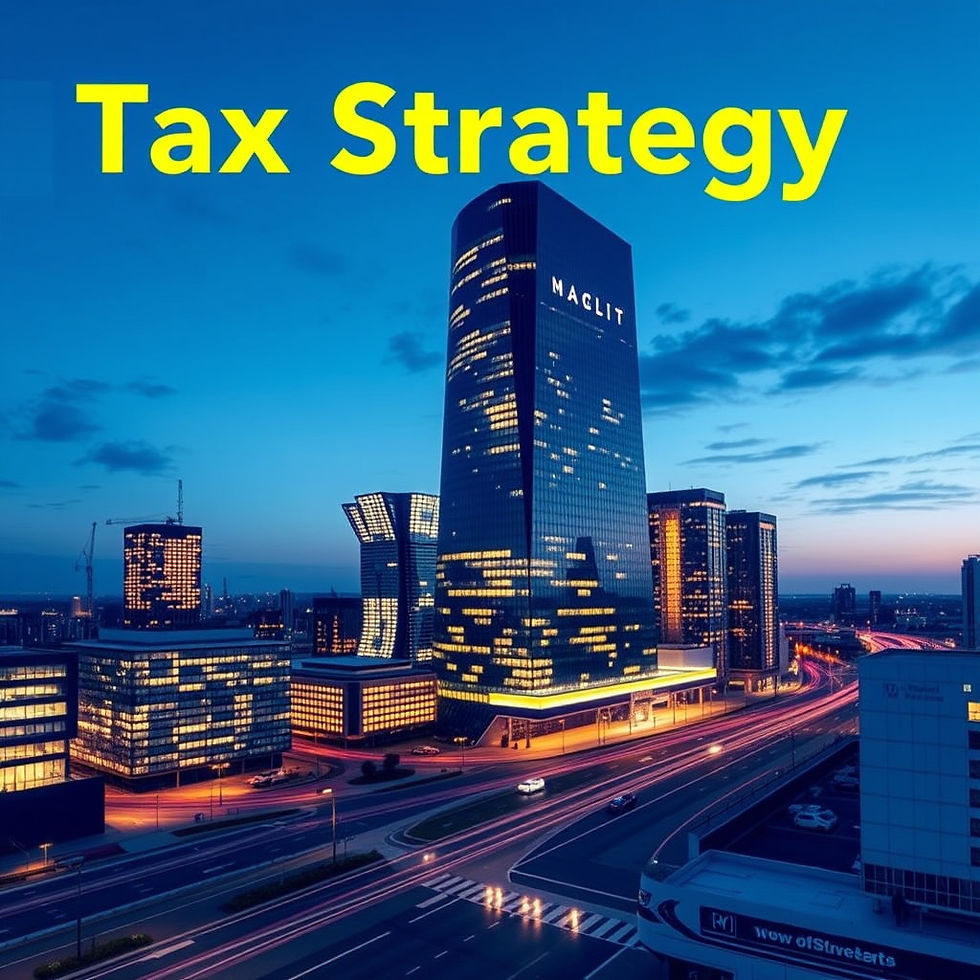EU Simplifies Carbon Border Adjustment Mechanism (CBAM) - by. Lt. Col. Pawan S Yadav
- balun
- Oct 30
- 4 min read

As global trade faces mounting pressure to align with climate goals, the European Union’s Carbon Border Adjustment Mechanism (CBAM) is emerging as one of the most significant climate policies of this decade.
CBAM is designed to ensure that goods imported into the EU such as steel, cement, aluminium, fertilizer, hydrogen and electricity carry the same carbon cost as those produced within Europe. In doing so, it tackles a long-standing issue known as “carbon leakage”, where companies relocate production to regions with easier climate regulations to avoid emission costs.
In simple terms, CBAM acts as a “carbon equaliser” at the border — promoting fair competition while encouraging other economies to decarbonize. It is also a signal of how trade and climate policy are becoming increasingly intertwined.
Now, the EU has approved a set of simplifications to make the system more practical for businesses, especially small importers, while keeping its environmental scope intact. The move reflects a broader EU objective: to build climate policy that is both ambitious and operationally feasible.
What is CBAM?
The Carbon Border Adjustment Mechanism (CBAM) is the EU’s tool to prevent carbon leakage, a situation where companies move production to countries with weaker climate rules.
In simple terms, CBAM puts a carbon price on imports like steel, cement, aluminium, fertilizer, hydrogen, and electricity, matching the cost European producers already pay under the EU Emissions Trading System (ETS). This levels the playing field and encourages cleaner global production.
The mechanism is currently in a transition phase (since October 2023) and will be fully implemented in 2026, when importers will start paying a carbon levy based on the emissions embedded in their goods.
What Has Changed?
The CBAM simplification regulation, part of the broader Omnibus I legislative package, responds to business concerns about complex reporting, overlapping approvals, and administrative bottlenecks.
Here’s a breakdown of the key reforms shaping the mechanism’s next phase:
1. New 50-Tonne De Minimis Threshold
The EU replaced the previous negligible-value exemption with a mass-based threshold.
Importers bringing in less than 50 tonnes of CBAM-covered goods per year will now be exempt from registration and reporting.
This change will relieve most SMEs and low-volume traders from onerous compliance while keeping large importers responsible for the bulk of emissions within scope.
EU officials confirm this keeps the climate coverage steady at about 99% of embedded emissions, preserving the system’s environmental rigor.
2. Streamlined Registration, Reporting & Verification
The declarant authorisation process has been simplified and digitised for easier navigation.
Standardised data collection and clearer emissions calculation rules have been introduced to reduce confusion and ensure uniform implementation across EU states.
Verification requirements are now more proportionate — cutting duplicate steps and focusing oversight where risks are highest.
These refinements will cut compliance costs and shorten administrative timelines for businesses.
3. Transitional Flexibility for 2026 Roll-Out
To prevent bottlenecks when the system goes live, importers awaiting registration in early 2026 will be allowed to import covered goods under provisional conditions.
This flexibility avoids trade disruptions and ensures a smooth transition into full enforcement.
4. Updated Penalties and Financial Framework
Penalties for non-compliance have been harmonised and recalibrated to enhance fairness and consistency across the EU.
The rules for indirect customs representatives have been refined to bring more clarity for logistics firms and brokers managing CBAM declarations.
Together, these adjustments reduce legal ambiguity — a concern previously flagged by customs authorities and importers.
5. Climate Integrity Preserved
Despite simplifications, the EU has kept CBAM’s environmental backbone intact.Almost all embedded emissions in covered imports remain captured by the mechanism.This ensures that the reform is about efficiency, not dilution — making CBAM more workable while keeping its climate ambition strong.
Why the Reform Is Significant?
CBAM is not just another trade tool. It’s the cornerstone of the EU’s green industrial strategy.
Denmark’s Minister for European Affairs, Marie Bjerre, noted:
“If we want to succeed with the green transition and boost Europe’s competitiveness, we must reduce unnecessary burdens.”
This balance — between climate integrity and business practicality — will define how the EU sustains momentum toward net zero while maintaining industrial resilience.
Business Implications
For SMEs:
Most will fall outside CBAM obligations, avoiding detailed reporting and verification.
However, firms close to the 50-tonne threshold will need to monitor volumes and plan strategically to stay compliant or exempt.
For Large Importers:
Core obligations remain unchanged, but simplified reporting reduces friction.
Early adaptation especially integrating emissions tracking into procurement systems will be key to cost efficiency.
For Investors and Multinationals:
Clearer regulatory signals reduce uncertainty and aid long-term capital planning.
Companies with carbon-intensive supply chains will face growing pressure to source low-carbon materials.
For Non-EU Exporters:
Trading partners like India, China, and Turkey will face stronger measures to decarbonize production and improve emissions transparency to retain market access.
The Bigger Picture
· The CBAM reforms mark a maturing phase in Europe’s approach to climate-aligned trade.Rather than backtracking on ambition, the EU is streamlining to scale showing that strong climate policy can coexist with economic realism.
· As CBAM enters its final stretch toward full implementation, it’s poised to reshape global supply chains and set a new international benchmark for carbon accountability in trade.







Comments